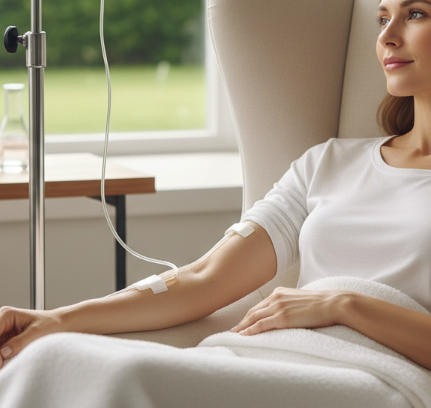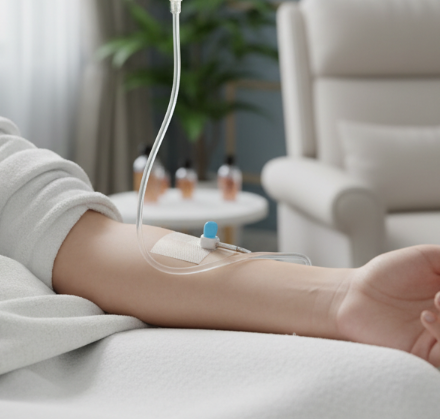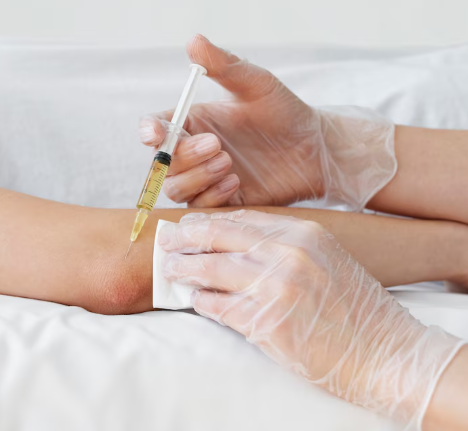Testosterone Replacement Therapy (TRT) is a cornerstone of gender-affirming care for transgender men and transmasculine individuals. It helps align physical characteristics with gender identity and plays a crucial role in the transition process.
In this article, we’ll explore what to expect from TRT as part of masculinizing hormone therapy—including physical changes, emotional effects, medical considerations, and a timeline of results.
🧬 What Is Testosterone Replacement Therapy for Transgender Men?
For transgender men (individuals assigned female at birth who identify as male), testosterone therapy is used to induce masculinizing changes that reflect their gender identity.
TRT involves administering exogenous testosterone to suppress estrogen-driven traits and develop male secondary sex characteristics such as:
- Deeper voice
- Facial and body hair
- Increased muscle mass
- Redistribution of body fat
- Cessation of menstruation
TRT is often a lifelong treatment but can be tailored to individual goals and health status.
💉 Forms of Testosterone Used in Gender-Affirming Care
Several delivery options are available, and the choice depends on personal preference, cost, and access:
- Injections (IM or SubQ): Most common method. Weekly or biweekly.
- Topical gels/creams: Applied daily to skin, allows steady absorption.
- Patches: Worn daily, less commonly used due to skin irritation.
- Pellets: Implanted under the skin every 3–6 months, less common in trans care.
- Oral or buccal tablets: Not widely used due to inconsistent absorption and potential liver effects.
⏱️ Timeline of Physical and Emotional Changes
The effects of testosterone therapy vary between individuals but generally follow a predictable timeline:
| Time Frame | Expected Changes |
|---|---|
| 1–3 months | Cessation of menstruation (amenorrhea), increased libido, skin becomes oilier |
| 3–6 months | Voice deepens, muscle mass increases, fat redistributes, facial/body hair growth begins |
| 6–12 months | Continued hair growth, clitoral enlargement, increased strength, mood stabilization |
| 1–2 years | Full voice deepening, beard thickening, long-term body composition changes |
🔍 Note: Facial hair and voice deepening are typically irreversible, even if therapy is discontinued.
⚖️ Mental & Emotional Effects
TRT can bring emotional relief and improve gender dysphoria, mood, and self-esteem. However, it may also bring:
- Mood swings or irritability (especially in early stages or with fluctuating hormone levels)
- Increased confidence and energy
- Possible increase in libido and sexual desire
Many trans men report improved mental well-being and social confidence after starting testosterone therapy.
🧪 Monitoring and Follow-Up
Regular medical follow-up is crucial to ensure safe and effective hormone therapy. Monitoring typically includes:
- Blood tests (every 3–6 months initially):
- Testosterone levels
- Estradiol levels
- Hematocrit (risk of thickened blood)
- Liver function
- Lipid profile
- Blood pressure and weight tracking
- Discussion of side effects and mental health
Testosterone doses may be adjusted to reach target male hormone levels (typically 400–700 ng/dL).
⚠️ Possible Side Effects and Risks
While TRT is generally safe under medical supervision, potential risks include:
- Acne and oily skin
- Increased red blood cell count (polycythemia)
- Elevated cholesterol or liver enzymes
- Hair thinning or male-pattern baldness (if genetically predisposed)
- Vaginal dryness or atrophy
Most side effects can be managed with dose adjustments or additional care measures.
💭 Fertility and Reproductive Health Considerations
- Testosterone suppresses ovulation, but pregnancy is still possible, especially in the early months.
- TRT is not a reliable form of contraception.
- For those wishing to have biological children, fertility preservation (e.g., egg freezing) should be discussed before starting TRT.
🏥 Surgical Considerations
Many transgender men opt for surgeries (e.g., top surgery or phalloplasty) as part of their transition. TRT can help prepare the body for surgery by:
- Improving muscle mass
- Reducing breast tissue size
- Enhancing recovery via overall wellness
Important: Discuss hormone management plans with your surgical team, especially before or after major procedures.
🤝 Holistic Support and Affirming Care
TRT is most effective when paired with a gender-affirming care team, including:
- Endocrinologists or primary care providers experienced in trans health
- Mental health professionals
- Support groups and community resources
Holistic care ensures safe hormone therapy and emotional support throughout your transition journey.
✅ Final Thoughts
Testosterone Replacement Therapy can be life-changing for transgender men, helping align their physical appearance with their gender identity and improving mental health and confidence. While the journey is unique for everyone, understanding the expected changes, timeline, and medical needs can empower you to make informed decisions.
Work closely with a qualified provider to create a customized plan that reflects your goals, supports your well-being, and honors your identity.




